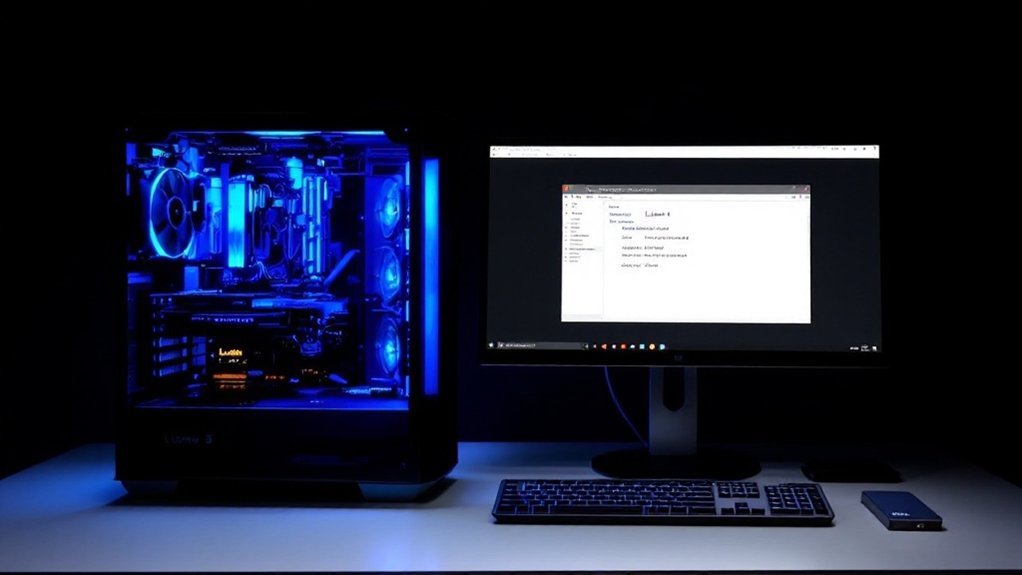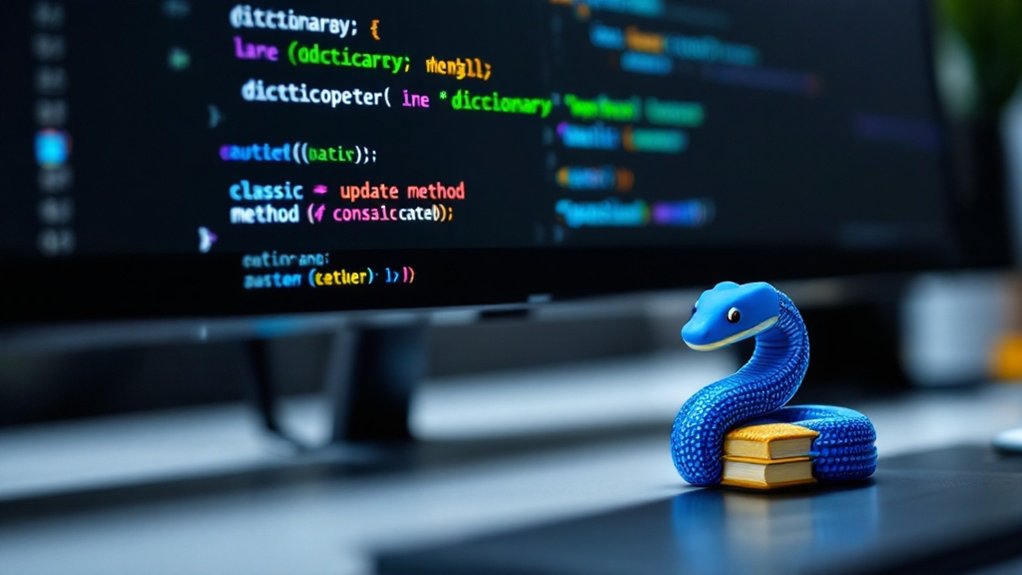Running Llama 3 locally is surprisingly straightforward. Several tools make it accessible: GPT4ALL offers the simplest setup, Ollama works across platforms with a quick terminal command, LM Studio provides a built-in chat interface, and Open WebUI creates a browser experience through Docker. No internet connection needed after download, and your data stays private. Perfect for AI enthusiasts who hate subscription fees. The setup process takes minutes, but the benefits last much longer.

Releasing the power of Meta AI's Llama 3 doesn't require an internet connection or expensive cloud services. This third-generation language model can run right on your own machine. No strings attached. Well, except for that initial internet connection needed to download the model. But after that? You're free. Off the grid. Just you and your AI buddy.
Several open-source tools make this local AI dream possible. GPT4ALL offers perhaps the most straightforward approach. Download it, install it, grab the Llama 3 model through their interface, and you're chatting locally. No fancy GPU required. Its graphical user interface means even your tech-challenged uncle could figure it out. Probably. Like many chatbot frameworks, it allows for continuous learning and improvement through user interactions.
Running AI locally shouldn't require a Ph.D. GPT4ALL makes Llama 3 accessible to everyone—even your technophobic relatives.
Ollama presents another solid option. It's free, open-source, and works across Mac, Linux, and Windows (though Windows users get the "beta" experience — lucky you). After installation, just type "ollama run llama3" in your terminal. Boom. AI at your fingertips. Ollama even lets you tinker with the model parameters. For the control freaks among us. The platform's data preprocessing capabilities ensure optimal model performance on your local machine.
LM Studio leverages llama.cpp to handle Llama 3 with aplomb. It comes with a built-in chat interface and supports various models beyond just Llama 3. Still in beta for some platforms, but who isn't these days?
For the Docker enthusiasts, Open WebUI offers a self-hosted interface accessible through your browser. Set up Docker, configure Open WebUI, and navigate to localhost:3000. Your very own AI web service. No subscription fees. No data harvesting. Just pure, local AI goodness.
Other options exist too. vLLM and Gradio provide lightweight interaction methods. Jan AI offers yet another approach with its own customization flair. Running Llama 3 locally provides enhanced user control over your AI interactions that cloud solutions simply can't match. These platforms emerged shortly after release of Llama 3, demonstrating the community's enthusiasm for local AI deployment.
The bottom line? Llama 3 isn't locked behind corporate gates. Run it locally. Keep your data private. Save your internet bandwidth. And maybe, just maybe, feel slightly smug about your technological independence.
Frequently Asked Questions
What Are the Minimum RAM Requirements for Running Llama 3?
The minimum RAM for Llama 3 is 16 GB, but that's pushing it.
For the 8B model, 16 GB might work—barely.
The 70B model? Don't even try without 32 GB, and 64 GB is better.
The massive 405B model demands substantially more.
Quantization helps reduce memory needs, sure.
But context length increases RAM usage.
Bottom line: more RAM equals better performance.
Skimping here is just asking for trouble.
Can Llama 3 Run Offline Without an Internet Connection?
Yes, Llama 3 runs offline without internet once it's downloaded.
Initial setup requires a connection to grab the model files—about 4.7GB for the 8B parameter version.
After that? Complete freedom. No more internet needed.
Users enjoy faster response times without network lag and better security since data stays local.
It's one of the main selling points, honestly. Perfect for remote work or privacy-conscious folks.
How Does Llama 3 Compare to Chatgpt for Local Use?
Llama 3 outshines ChatGPT for local use in several ways. Better privacy—your data stays put. No subscription fees. Faster response times, too.
For coding tasks, Llama 3.1 actually beats GPT-4 in accuracy. Impressive.
ChatGPT still dominates multilingual performance and creative tasks, though.
Tools like GPT4ALL make Llama 3 setup straightforward even without fancy hardware. No GPU? No problem.
Both work offline, but Llama's simplicity wins for local implementation.
Will Llama 3 Work on Linux and Macos Systems?
Yes, Llama 3 works on both Linux and MacOS.
Linux users need an Nvidia GPU with at least 16GB VRAM for best results. Ubuntu, Manjaro, Fedora—all compatible.
MacOS users with M1/M2 chips can run it too. Ollama makes setup easy on both systems.
LM Studio provides a nice GUI option for Linux folks. Docker's another route.
Internet required initially, but then it's all local. Privacy win!
Are There Any Legal Restrictions When Using Llama 3 Commercially?
Yes, Llama 3 comes with commercial strings attached.
Meta's license allows business use, but with clear limits. Companies exceeding 700 million monthly users need special permission.
The big no-no? Using Llama 3 to improve competing models. Can't do it. Period.
Custom licensing creates headaches for smaller businesses without legal teams. Meta hasn't cracked down on violations yet, but the threat looms.
Commercial users must also follow Meta's Acceptable Use Policy.




